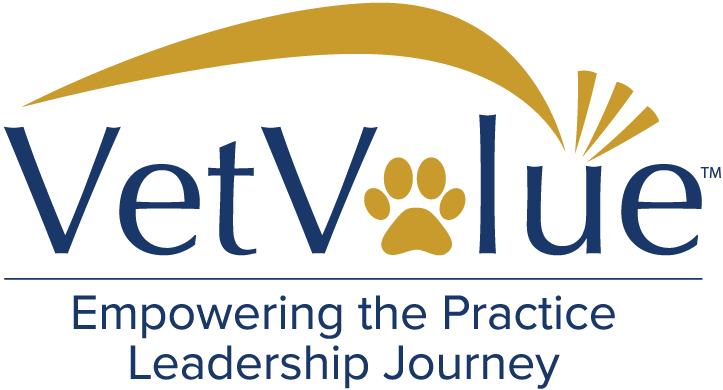Twenty years ago over 50% of veterinarians practicing in mixed and companion animal practices worked as sole practitioners. Today that percentage is likely about half that or less. Nevertheless, given the approximately 30,000 veterinary practices in the United States, that means that there are still more than 5,000single doctor practices spread around the country.
How Do You Value a Single Doctor Veterinary Practice?
Despite this discount, most single doctor practices are not of much interest to corporate buyers. This is the case even if the selling owner promises to continue working for a certain number of years. These purchasers are typically looking to buy practices with multiple doctors that can be viewed as an ongoing business regardless of the loss of critical personnel.
Corporate buyers are naturally concerned about the disruption to the business that even a well-planned and orderly transition from one single doctor to another sole practitioner may cause. In addition, we often find single doctor practices in less densely populated areas that themselves are less attractive to large corporate operators of pet clinics.
The differences between single doctor and multi-veterinarian practices are reflected in the ways that each are valued. VetValue has found that larger multi-DVM practices can be valued by using a traditional private equity, multiple of cash flow model. Simplistically, this model calculates a practice’s value by first determining its normalized pre-tax, pre-non-cash expenses operating cash flow (VetValue uses EBITDA which equals Earnings Before, Interest, Taxes, Depreciation and Amortization as this number) and then multiplying this amount by a “multiple” that is determined both by market and practice specific factors. It should be noted that two things are implied when using such a model. First, there is an expectation that EBITDA represents what the practice can sustainably produce in operating cash flow. Second, there is an active market for similar assets from which a reasonable estimate of a multiple can be determined.
Unfortunately, both of the just-mentioned pieces of data are typically not available for single veterinarian practices. As previously pointed out, there is no guarantee that a single doctor practice will maintain its financial operating performance once the owner departs. At the same time, the market for single veterinarian animal hospitals is sufficiently fragmented to impede the determination of reasonable market multiples.
So, where does this leave the veterinarian that has served his or her community for a long period of time as the owner of a successful practice when it comes time to retire? Despite the impediments mentioned above, there still IS a market for single doctor practices. Transitioning sole practitioners do sell their pet clinics all the time.
Many times, single doctor animal hospitals will be sold to younger veterinarians who are looking to go out on their own and have limited financial resources. Purchase prices are often calculated as a percentage of, or a, multiple of revenues. This methodology greatly simplifies the valuation of the business by eliminating the need to distinguish between what is a personal versus a practice expense.



